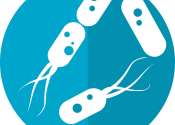Individual receptors caught in the act of coupling
A new imaging technique developed by scientists at Columbia University Vagelos College of Physicians and Surgeons and St. Jude Children's Research Hospital captures movies of receptors on the surface of living cells in unprecedented ...









